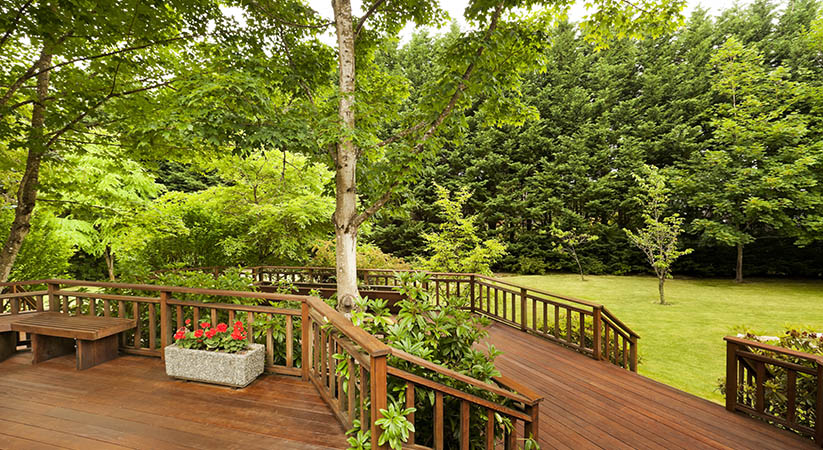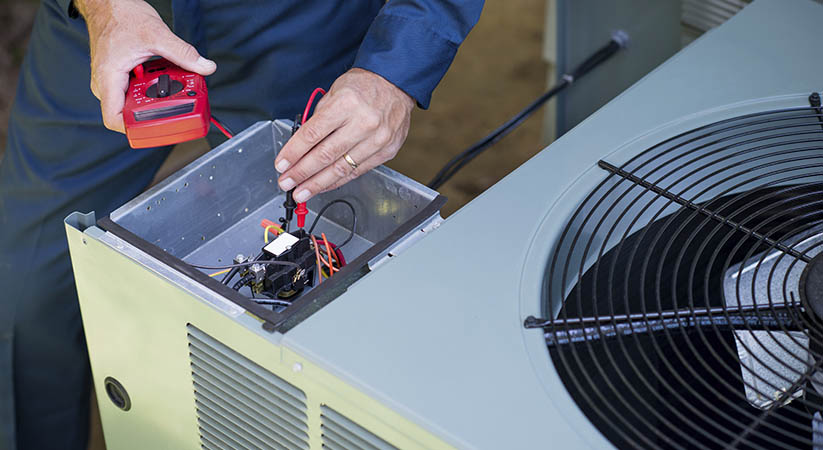Do you have trees in your back or front yard? Surely they would be well taken care of. But, can you recognize when your tree needs a professional examination or when it has caught diseases or when it has been severely infested that it is on the verge of death? And if that’s the case then you will need the help of tree removal services.
Trees can also catch diseases, get ill, weak and die. But, all these things go unnoticed by the untrained eye, and when it is known it gets too late. The last stage of a tree is that it will fall off and die a tragic death along with posing a threat to the nearby landscape, the property and even someone’s life.
How To Know A Tree Has Gotten A Disease?
Before a tree gets a disease which tends to be fatal and results in tree removal, it starts to show certain signs. These signs are not known to a common man but are known to a professional tree service. The signs listed below will help you in identifying a diseased, ill and dying tree.
Leaves
When a tree is in its weakest stage, the growth of the leaves stop even in the blooming season. When you notice bare branches or branches with little or no leaf growth it could be a red flag. Also discolored leaves is a sign of a diseased tree. Discoloration means yellow or brown leaves growth. Usually leaves all off in the winter season, but if you see leaves still clinging on to branches in the winters, it means that the leaves are dead and the tree has started to decay.
Bark
The sign of a healthy tree is a smooth bark. But, if you see big and small cracks in the bark or chunks of wood missing from the bark without re growth is an alarming sign. The bark protects the trunk and provides the nutrients. A diseased tree will show huge amounts of peeling bark with the trunk being exposed. Some trees do go through peeling bark every year with new bark growing back in its place but if you see abnormal peeling then you should call in the professionals.
Fungus Growth
Growth of fungus, mushrooms or presence of mildew type structure also is a sign of decay. Fungus may be of different types and would be a different type for different species of trees. The most common type is associated with brown moldy growth with millions of tiny white pores like structures at the base of the tree which may also turn black. Fungus means that the tree has begun to rot internally.
Fluid
A fluid coming out of the tree is also dangerous. The fluid will be collected at the base of the tree, will have a bad odor and will also leave dark brown liquid streaks on the bark. The fluid is sticky and thick.
Branches
If the branches are falling off and collecting at the base the tree is nearing its death stage. Small falling twigs is a healthy sign of a tree but extensive fall of twigs and big branches is not a good sign. The branches have become so weak, dry and brittle that they are beginning to fall off.
Infestation
Swarms of insects on the tree branches, barks and leaves and holes created by wood boring pests and insects is also a sign of a decaying tree. When a tree starts to decay, it attracts many small insects which feed on the barks and nutrients of the tree creating holes in the branches and the bark. This infestation of the insects weakens the tree and makes the branches brittle.
Structural Change
The end stage of a diseased and dying tree is that it will become lopsided or lean towards one side and be in a bending position. This is a complete red flag. Because then the tree can fall any time. It has become so weak that even a sharp gust of wind and snow can knock down the tree and lead to death of beings and pose threat to the environment. If you notice any change in structure call in tree cutting services Bethesda.



